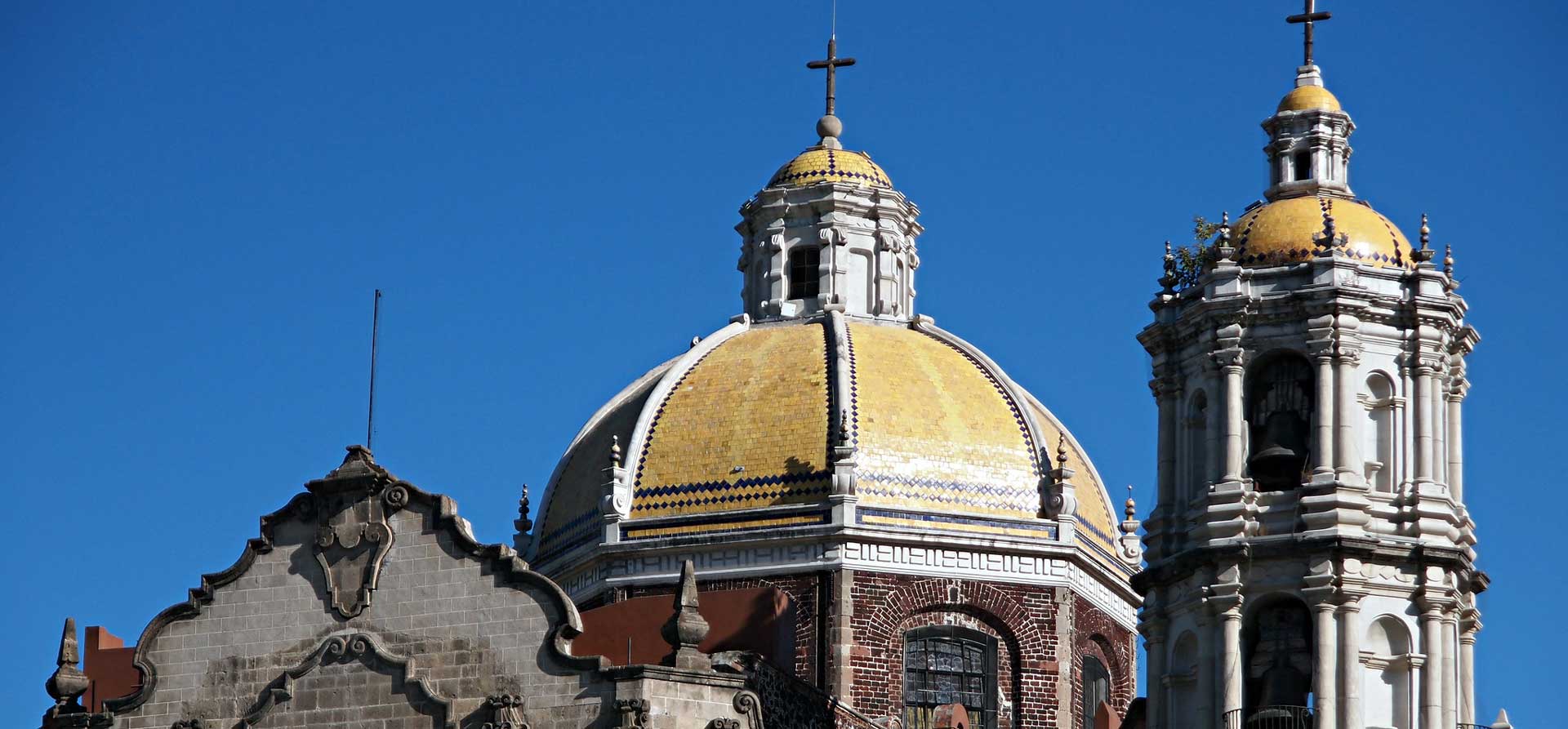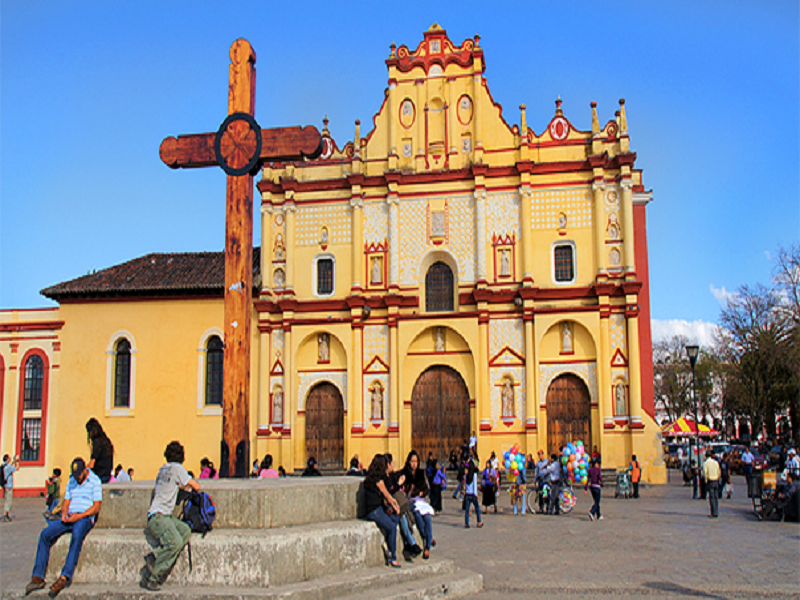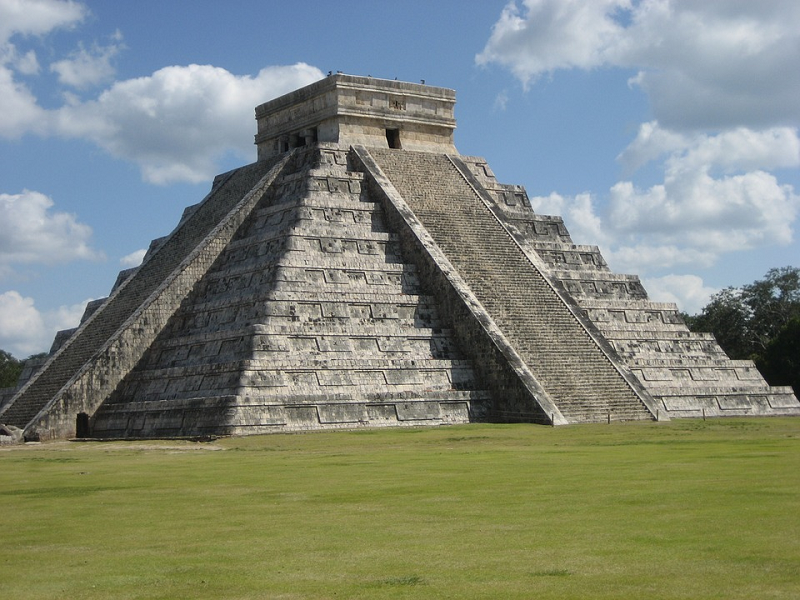Day 2: City Tour & Museum
Breakfast in hotel. Today we will have a panoramic visit to the Historic Center of Mexico City, it’s a captivating journey through centuries of rich history and culture. The heart of the Historic Center is the Zocalo, one of the largest city squares in the world, surrounded by stunning landmarks such as the Metropolitan Cathedral which is an exquisite example of Spanish colonial architecture that took centuries to complete; the National Palace. We will walk through Madero Street to visit the House of Tiles (Casa de los Azulejos), it’s a striking architectural gem that stands out for its exquisite blue and white Talavera tiled façade, and finally we will admire the Palacio de Bellas Artes, an opulent art nouveau and art deco palace that hosts concerts, ballet and exhibitions. In the afternoon we will visit the National Museum of Anthropology, which is one of the most recognized museums in the world, it houses an exceptional collection of archaeological, ethnographic and artistic objects of the indigenous cultures of Mexico. At the end return to the hotel. Overnight. IMPORTANT NOTE: Access to Palacio Nacional cannot be guaranteed due to the fact that it serves as the official residence of the President of Mexico. The presidential residence is a sensitive and secure government building where official functions and meetings take place. Consequently, public access may be restricted, particularly during certain events, meetings, or other official activities. Visitors should keep in mind that the operational status of Palacio Nacional can change frequently based on the President's schedule and government priorities. As a result, access to the building, including its historic murals and other areas, may be limited or unavailable to the public at any given time.



.png)



.png)




